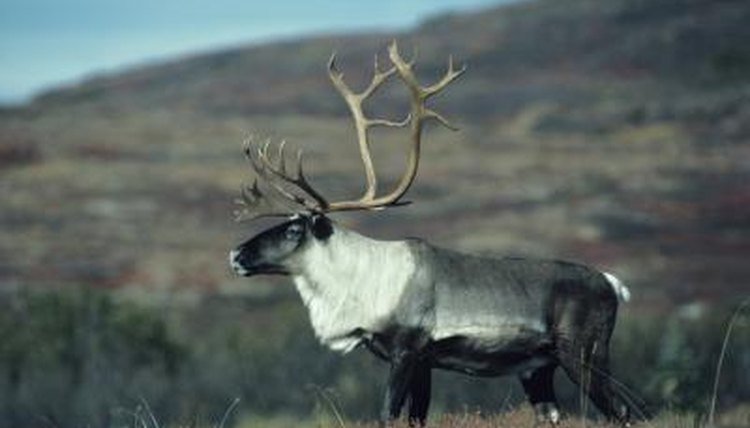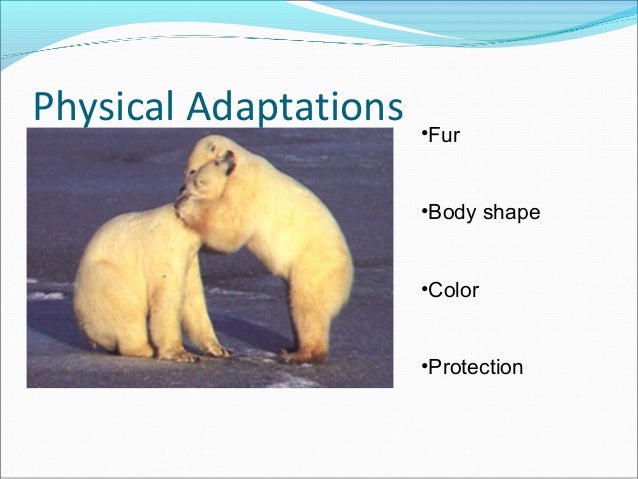Animal adaptations migration and hibernation are examples of behavioral adaptations used by animals in the arctic tundra. The tundra is also a windy place, the tundra plants grow together as plants sheltered from the whipping winds are more to survive.

Tundra How have animal and plants evolved to survive in
They have two layers of fur which help it insulate it and protect it from any type of precipitation.

Tundra animal adaptations. During the summer, brown bears behavior is to eat about anything they can find. . This fur is shed during summer to prevent overheating and is thicker during winter to provide the most warmth possible.
There are lots of different plants that grow in the alpine tundra. In arctic and alpine tundras, the number of species of plants and animals is usually small when compared with other regions, yet the number of individuals per species is often high. Camel’s long leg, eyelids, hump are all examples of adaptation.
The conservation institute notes that there are a few common elements that tie many tundra animals together, such as heat retention in. Many of them have larger bodies and shorter arms, legs and tails which helps them retain their heat better and prevent heat loss. Animals have had to adapt to the tundra climate in ways that keep them warm and help them find food.
Animals that live in the tundra have special adaptations that allow them to survive the extreme temperatures and conditions that are present in a tundra. Lemmings, arctic hares and arctic ground squirrels are a few animals that have adapted to the cold. Animal adaptations in the tundra biome the animals here tend to have thicker and warmer feathers and fur.
Chinchillas are crepuscular alpine tundra animals that inhabit the andes mountains in south america. Animals depend on their physical structure to help them find and eat food, to build shelters, to protect from predators, and to reproduce. Tundra wildlife includes small mammals—such as norway lemmings ( lemmus lemmus ), arctic hares ( lepis arcticus ), and arctic ground squirrels ( spermophilus parryii )—and large mammals, such.
The polar bear are the most recognised animal of the tundra. Some tundra plants are protected by hair. Many of the birds of the tundra have two coats of feathers to help keep them warm.
During the summer, brown bears behavior is to eat about anything they can find. Hibernating , staying close to the ground, and having a thick fur coat helps animals stay. The animals here tend to have thicker and warmer feathers and fur.
They also have a shorter nose, ear, and legs, so that they can reduce heat loss. The shape of a bird’s beak helps them to eat food as well as make nests. Animal adaptations in the tundra biome animals need shelter and insulation in the tundra.
From the lack of lots of vegetation, some herbivores in the tundra have a hard time finding areas with a abundance of plants to eat during the winter. The food chain in the arctic tundra consists of predators such as owls, foxes, wolves, and polar bears at the top of the chain. Migration and hibernation are examples of adaptations used by animals in the arctic tundra.
Examples of structural adaptations of animals in the arctic tundra include: Food and feeder relationships are simple, and they are more subject to upset if a critical species disappears or decreases in number. Many of them have larger bodies and shorter arms, legs and tails which helps them retain their heat better and prevent heat loss.
Animals that live on the tundra must be able to adapt to very cold temperatures. Some of the most prominent animal adaptations that tundra animals sport include the presence of thick fur and rich deposits of fat to help them survive the freezing cold, small ears to minimize heat loss, small bodies to ensure minimal exposure to frigid air, and broad feet to make it easier for them to walk on snow. The biota and its adaptations.
Arctic tundra, antarctic tundra, and alpine tundra. Animals in the tundra, the cold area of land that surrounds the north pole, have adapted to staying warm. Predators hunt herbivores, plant eating animals, such as caribou, lemmings, and hares.
Animal adaptations in the tundra biome animals have many adaptations to survive in this harsh environment. Migration and hibernation are examples of behavioral adaptations used by animals in the arctic tundra. Migration and hibernation are examples of adaptations used by animals in the arctic tundra.
The arctic wolf has many adaptations which make it easier for it to survive in the tundra. A good example of an animal with special adaptations is the arctic fox.the arctic fox has short ears and a short, round body with a thick coat to minimize the amount of skin exposed to the frigid air. Animal adaptations in the tundra biome animals have many adaptations to survive in this harsh environment.
It is also physical adaptations. Animals in the tundra are also adapted to extreme conditions, and they take advantage of the temporary explosion of plant and insect life in the short growing season. Animals of the arctic tundra have adapted to survive frigid conditions, according to the conservation institute.
Some animals in the tundra are adapted to the climate by breeding and raising their young in the summer. Animal adaptation to the tundra climage.

Tundra Animals And Their Adaptations Idalias Salon
Tundra Animal List, Facts, Adaptations, Pictures

Arctic Tundra Animals Adaptations Idalias Salon
Adaptations of the Snowshoe Hare

Tundra Biome Animals Adaptations To Environment

Caribou Adaptations in the Tundra Animals mom.me

What are some adaptations of animals in the tundra
PPT Tundra Biome PowerPoint Presentation ID1447515
PPT TUNDRA Ecosystems PowerPoint Presentation ID2164889
How Do Plants & Animals Survive in the Arctic Tundra
PPT Biome Adaptations & Niches PowerPoint Presentation

Arctic tundra animals, Arctic animals, Animals

Tundra Animals Adaptations To Environment Idalias Salon



